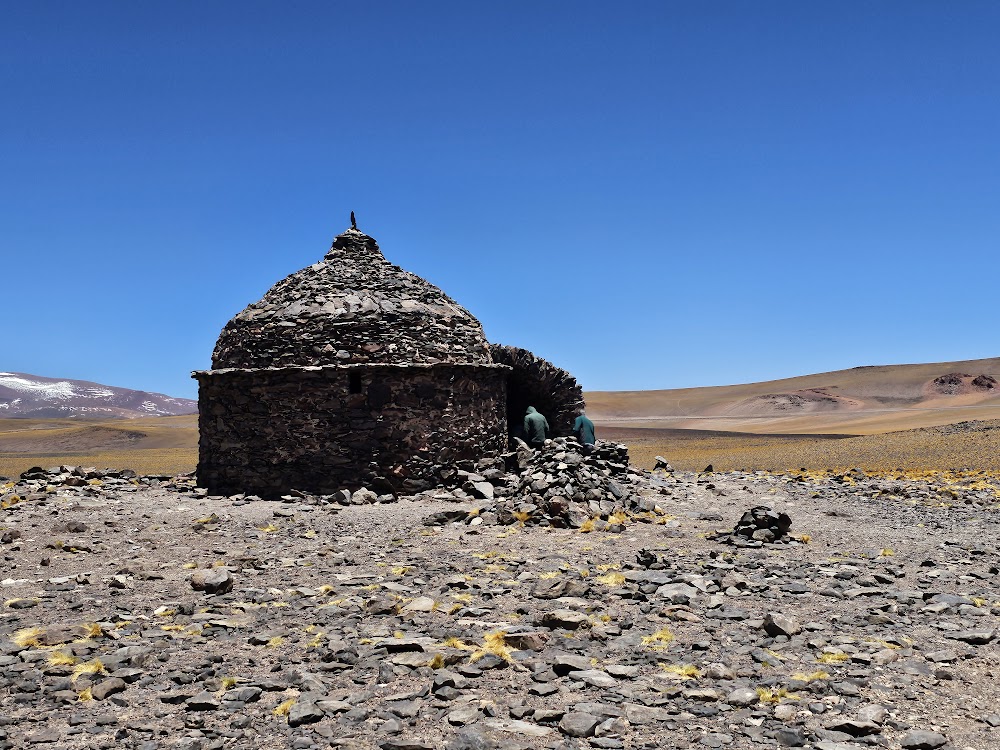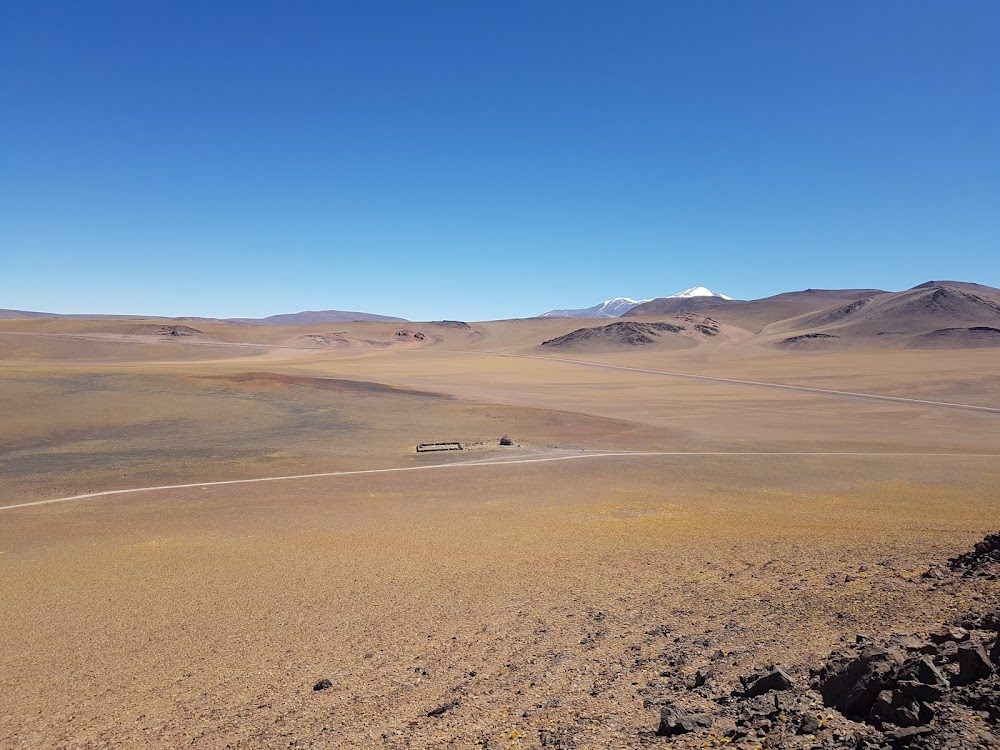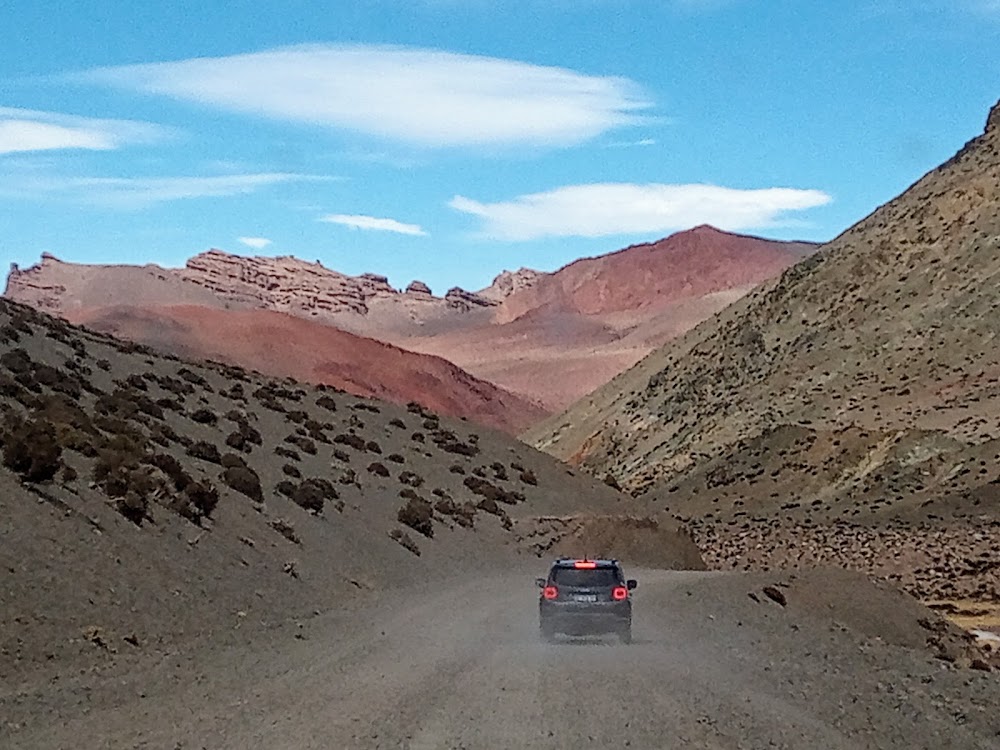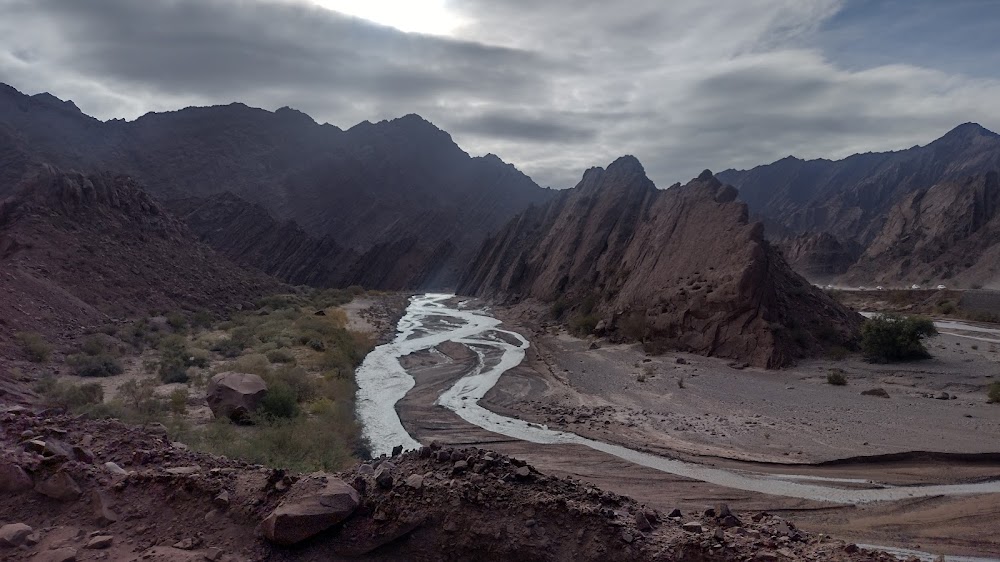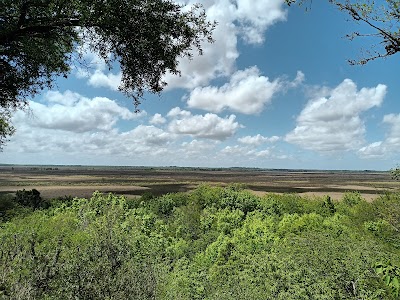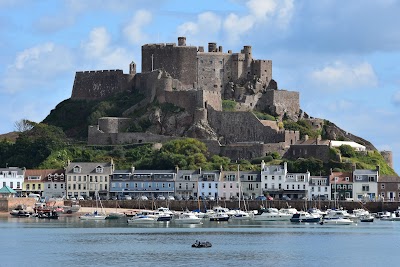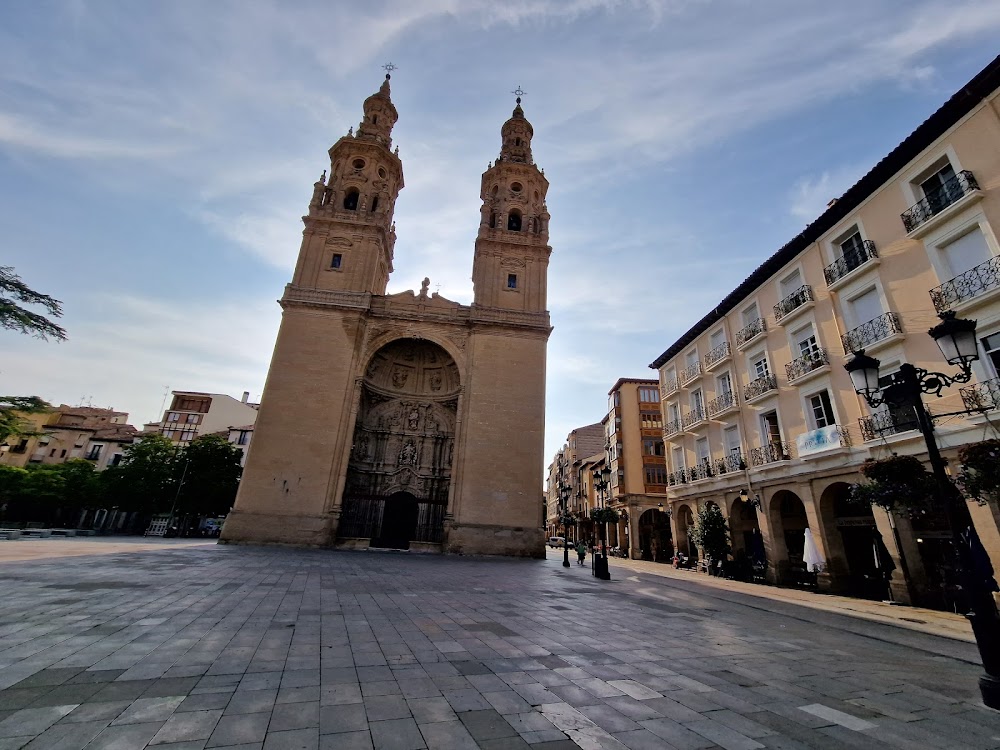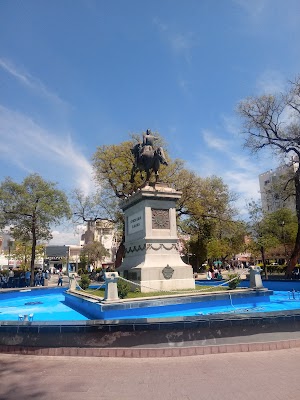Laguna Brava Reserve (Reserva Laguna Brava)
Overview
Introduction to Laguna Brava Reserve
Reserva Provincial Laguna Brava, or Laguna Brava Reserve, is a breathtaking natural sanctuary situated in the province of La Rioja, Argentina. Nestled within the majestic Argentine Andes, this stunning reserve captivates visitors with its vast salt flats, serene high-altitude lagoons, and towering peaks, making it one of the most picturesque regions in the country.
Geological History
The history of Laguna Brava Reserve is deeply rooted in the geological processes that shaped the South American continent. Millions of years ago, volcanic and tectonic activities influenced the area, creating a vast basin that eventually filled with water, forming the lagoon we admire today. This captivating geological backdrop adds to the allure of the reserve.
Establishment of the Reserve
Recognizing the ecological significance of this unique area, the government of La Rioja established the Laguna Brava Reserve as a provincial reserve in 1980. Spanning approximately 405,000 hectares, it is one of Argentina's largest protected areas, entrusted with the preservation of its remarkable ecosystems, flora, and fauna.
Biodiversity
Laguna Brava is a critical habitat for biodiversity, home to various bird species, including the Andean flamingo, the James's flamingo, and several types of ducks and geese. The high plateau's harsh climate and saline waters create a unique environment that supports these bird populations, some of which are endemic to the region. The reserve also provides sanctuary to wildlife such as vicuñas, guanacos, and Andean foxes.
Stunning Landscapes
The reserve's landscape is a vibrant tapestry of colors and forms. At nearly 4,200 meters above sea level, the high-altitude plateau is surrounded by snow-capped volcanic mountains that beautifully contrast with the shimmering lagoon flats and reddish-brown terrain. The rugged, untamed beauty of this area draws photographers, adventurers, and nature lovers from around the globe.
Climatic Conditions
The unique ecosystem of Laguna Brava is closely tied to its extreme climatic conditions. Visitors experience a wide temperature range, with scorching daytime heat giving way to freezing cold nights. This challenging environment, characterized by high altitude and dry air, supports only specialized flora and fauna. The sparse vegetation primarily consists of hardy shrubs and high-altitude grasses adapted to the saline soil and low moisture levels.
Accessing the Reserve
Reaching Laguna Brava Reserve is an adventure in itself. Located in a remote area, access requires traversing rugged mountain roads and high-altitude passes. Most visitors begin their journey from Villa Unión, approximately 200 kilometers away. This route offers breathtaking views of the Andean landscapes, allowing travelers to immerse themselves in the region's raw beauty.
Conservation Efforts
The Argentine government and various environmental organizations are committed to ongoing conservation efforts to maintain Laguna Brava as a pristine natural habitat. Its remote location helps shield it from urbanization and over-tourism, but continued efforts are vital for its long-term preservation. These initiatives include monitoring wildlife populations, regulating access to sensitive areas, and educating visitors about the importance of conservation.
Conclusion
Reserva Provincial Laguna Brava stands as a testament to nature's awe-inspiring power and the commitment to preserving a fragile ecosystem for future generations. Whether you are a wildlife enthusiast, a geology lover, or simply someone who appreciates the beauty of the natural world, Laguna Brava Reserve offers an unforgettable experience that showcases the wonders of our planet's high-altitude environments.


